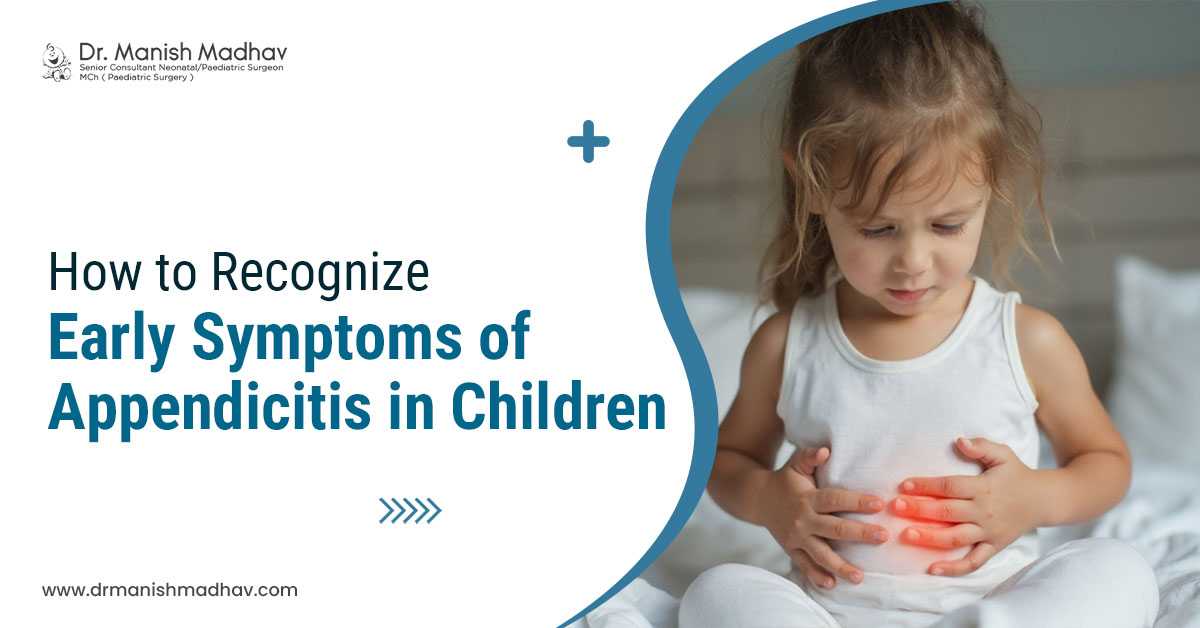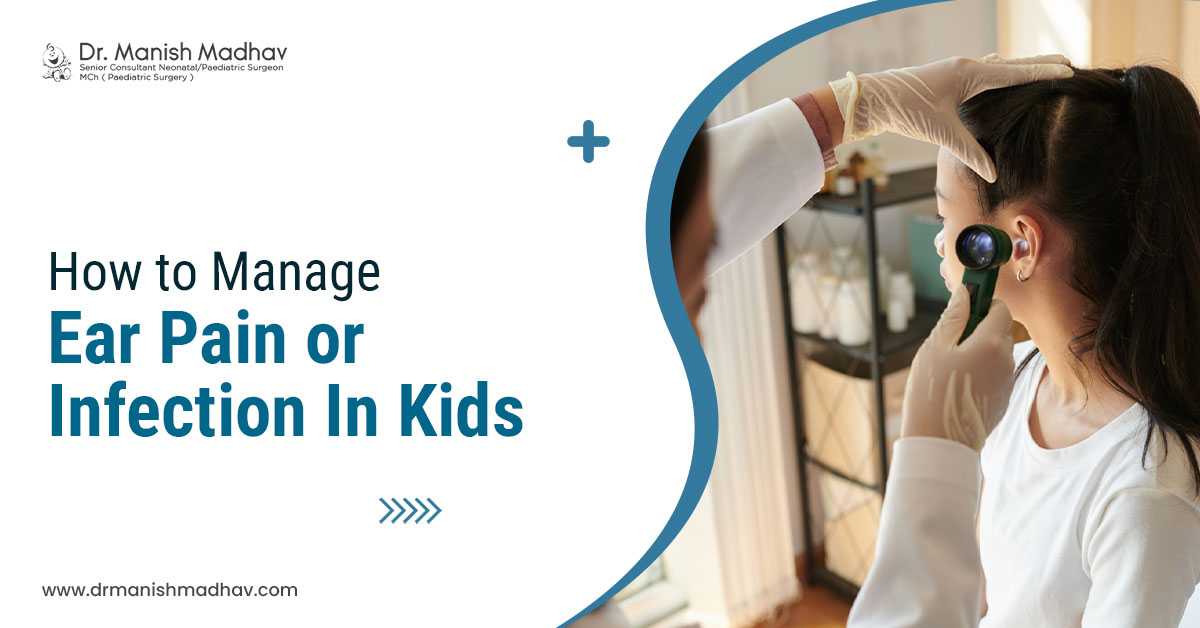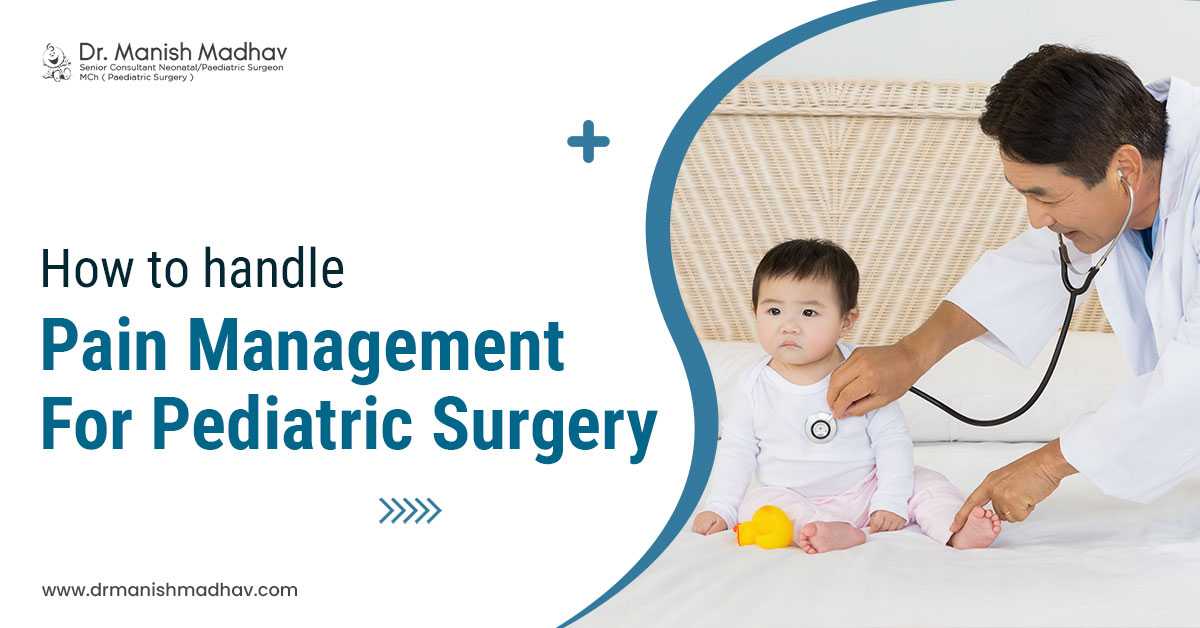Both the child and their caretakers experience stress when undergoing surgery. The level of pain, how to relieve it, and how to strike a balance between safety and relief are some of the main issues that arise thereafter. Comfort is a vital aspect of effective pain management.
Poor pain treatment in kids can cause long-term changes in pain sensitivity, affect healing, and raise worry about upcoming medical procedures. For details, do talk to the best paediatric surgeon in Siliguri or an expert near you.
This blog will provide realistic, evidence-based pain management techniques for children who have had surgery. These include assessment, non-pharmacological approaches, medications, safety advice, and the role of caregivers.
Why Does Your Child Need Special Attention for Pediatric Pain Management?
Kids have different bodies, organs, metabolisms, and perceptions of pain. Furthermore, younger kids frequently struggle to express the intensity of their distress, and consequently:
- Children's pain is often underappreciated.
- Weight, age, and organ maturity must all be taken into account while adjusting medication dosage.
- Ineffective pain management can cause delayed healing, increased anxiety about upcoming treatments, and possibly the onset of chronic pain.
- A well-considered, kid-friendly, and safety-conscious pain management strategy is therefore crucial.
Pain Assessment
Pain needs to be measured or estimated before it can be treated, which is very important. Children, especially younger ones, present a problem because self-reporting might occasionally be impossible or unreliable.
- Use pain scales appropriate for your age.
- Simple numerical scales ranging from 0 to 10 can be effective for older kids (such as 7+).
- Younger children can better express their emotions by using graphical scales, which range from happy to sad faces.
- Observers employ physiological or behavioral indicators (such as crying, facial expressions, or vital signs) for infants or nonverbal youngsters.
To determine whether your efforts are having an impact, repeat the assessment following checkups and at regular intervals. You can reach out to the top child surgeon in Siliguri for personalized support.
Preventive and Corrective Measures
Preventing or minimizing pain is usually preferable to attempting to cure it after it has gotten out of control.
- Give your child age-appropriate explanations of what will happen and how they might feel before surgery. Pain can be decreased by lowering worry and fear.
- Nerve blocks and regional anesthesia (given by doctors only).
- Anesthetists may use localized procedures (nerve blocks, epidurals, and caudal blocks) in surgical planning to prevent pain signals from entering the surgical site.
Non-Pharmacological (Non-Drug) Methods
Non-pharmacological approaches are effective, particularly for kids. These enhance medication rather than replacing it, frequently lowering the dosage required.
- Cognitive strategies and distraction.
- Give kids options to divert their attention from discomfort, such as iPads, cartoons, stories, or games.
- When possible, use counting, narrative, or guided visualization.
- here have been experiments with music, films, and even virtual reality (in some contexts).
Comfort, Positioning, & Touch
Children feel more secure when they are held, rocked, or gently touched (if permitted).
Techniques like skin-to-skin (kangaroo care) or little sweet solutions (for newborns) can help our little ones feel less pain during minor operations.
Establish a peaceful atmosphere with low noise levels, gentle lighting, and dependable caregivers.
Parental Presence and Support
Children feel safer and are better able to perceive pain when caregivers are calm, understand pain, and promote coping mechanisms.
Pharmacological (Drug) Treatments
Pediatric surgeons may prescribe meds when non-pharmacological approaches are not enough. Using the simplest, most effective medication for the shortest amount of time at the right dosage is always the guiding philosophy.
Non-opioid First-line Care
- For mild to moderate pain, acetaminophen, often known as paracetamol, is often used.
- NSAIDs, such as ibuprofen, reduce swelling, discomfort, and inflammation. Unless there are contraindications (such as bleeding risk or specific medical disorders), these are frequently employed.
- Under medical supervision, these two can be used in conjunction (staggered) or as an alternative.
- Current guidelines advocate regular paracetamol + NSAIDs over codeine for some procedures (such as tonsillectomy).
Opioids (for pain that is mild to severe)
Opioids are often only used for short-term, more severe pain. Relieving pain and reducing side effects (such as drowsiness and respiratory depression) are the purposes.
Guidelines for the use of opioids:
- The lowest effective dose should be used first.
- Use them sparingly and gradually when the pain subsides.
- Keep a watchful eye out for adverse effects, particularly respiratory depression.
- Always provide caretakers with advice on how to properly store medications, avoid combining them with other sedatives, and dispose of any leftovers.
Due to the possibility of chronic usage, take extra caution while dealing with older children and teenagers. Always get medical advice.
Continuous Observation, Modification, and Return to Home
Your kids’ pain treatment continues after they leave the surgery room. It necessitates constant attention to detail, adaptations, and preparation for home care.
Regular Evaluation
Monitor the changes in pain scores over time and following therapies. Make adjustments if a drug- or non-drug-based method isn't working.
Keep an Eye out for Side Effects
Every medication has potential side effects, so check for constipation, nausea, respiratory depression, and excessive sedation when using opioids. Watch for bleeding and gastrointestinal distress when taking NSAIDs.
Making Plans for Home or Outpatient Use
Give caregivers detailed written instructions in easy words on which medications to take, how often to take them, when to stop taking them, and what to look out for.
Make sure caregivers are aware of the correct way to dispose of leftover opioids and how to store them safely (lock away, in original packaging).
Encourage the use of non-drug methods at home, such as distraction, moderate exercise (where permitted), and a peaceful setting.
If your child experiences side effects, new symptoms, or worsening discomfort, be prepared to contact medical professionals.
Final Words
Feel free to ask the surgical team, "What is our pain management plan?". How can I help with non-drug strategies? How are we going to provide medications? Better results are achieved via teamwork and clear communication, and there’s no doubt.
It takes patience and careful attention to manage pain following pediatric surgery. This calls for teamwork, medical expertise, empathy, and preparation. When done correctly, kids heal faster and experience less pain. Get expert advice from the top paediatric surgeon in Siliguri City, such as Dr. Manish Madhav, or at your nearest location.
Comments (0)




